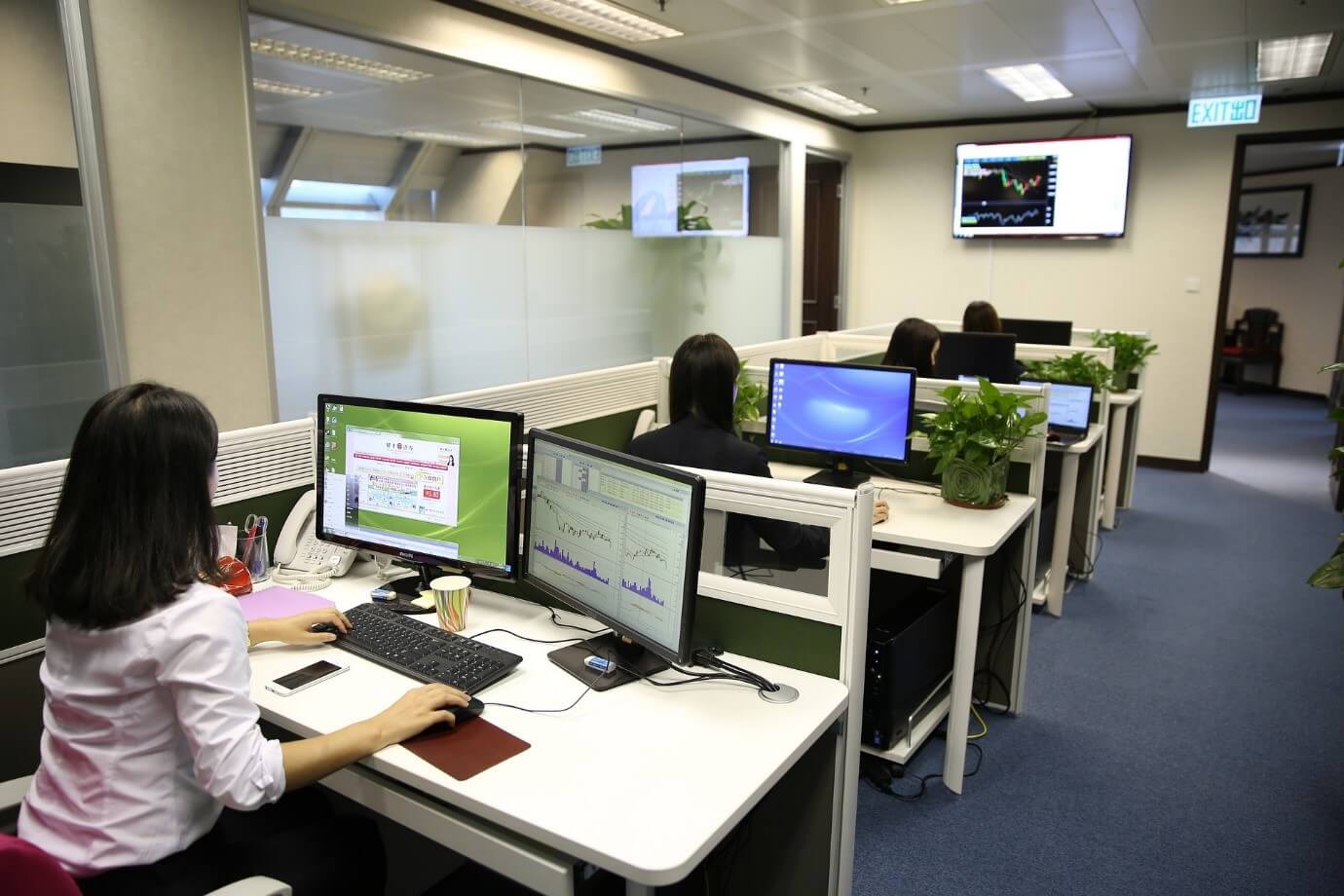
New Zealand’s Prime Minister Jacinda Ardern was on November 8, 2021, telling her country how she and her administration were charting the way ahead amid an apparent waning of the pandemic when her three-year-old daughter interrupted the live video feed.
A somewhat-flustered but still smiling Ardern told the toddler to go back to bed, before turning to the camera and apologizing to the people.
The video went viral, but it was neither the first nor the only one of its kind. From newscasters to techies to streamers, people across the gamut of professions have seen their video calls interrupted — often unintentionally or accidentally — by relatives, friends, or even pets!
And that has been the new normal ever since the Covid-19 pandemic and the resulting lockdowns, which themselves fueled the work-from-home culture, started.
However, over time, people have managed to develop quite a few “hacks” to avoid such situations, like turning off their camera. Then again, there are those that have created separate spaces for themselves at home: spaces they designate as their office.
Now, with WFH culture likely to continue a little more, thanks to the emergence of the omicron variant of the novel coronavirus, the workplace as we know it is going to change in different ways. Heck, it could permanently change location!
But then again, that has already happened with many people, as we have already seen. With the possibility of further home confinement looming on the horizon, here’s how the workplace will change, especially for small enterprises.
A new work environment at home
Those working from home — especially if they have to show their face on video calls — will increasingly seek an isolated work environment.
It will not be surprising to see homes increasingly adding a separate “office space” to themselves, often with professional help from architects and electricians.
Broad-based retailers like Amazon and Flipkart have already started selling furniture target for such home-office setups.
Specialized ones like Urban Ladder and Pepperfry have gone several steps further and offer not just tables and chairs but also lighting and cabinetry solutions.
While most smaller enterprises may not have such money, they might actually be able to reevaluate some places where spending has become unnecessary, and redirect those funds for this purpose.
Another change that is taking place at home is the tacit understanding between the office-person and members of the family, with the latter having been instructed not to enter the office space or interact with the former except in cases of absolute emergency.
A new work environment in office

Offices, too, are seeing sea changes, not the least of which are sanitation and hygiene standards — not just of the people but also the furniture.
Another interesting change that is coming is the leave policy: Rarely will people now be denied leave if they report in that they are under the weather.
A third change is taking hold is workweeks where employees visit the office twice or thrice a week, while working from home the rest of the time.
And that itself is transforming the workplace as offices will now look to optimize their spending on real estate.
It won’t be surprising if employees are made to use the same cubicles and workstations on a rotational basis as the actual office space shrinks, with the management looking to redirect expenditure from rent and upkeep to software solutions for employees.
This will be especially critical for small enterprises, some of which may choose to do away with almost all of the office space, retaining a room or two for the top brass and for purposes like having an official address.
Internet connections and online meetings
Online meetings have become the norm ever since WFH began, with Zoom being added to the list of software names like Photoshop and Facetime as nouns that have come to be commonly used as verbs.
Now, Zoom may not be the only video-conferencing software that’s being used for the purpose, but the future may soon hold more integrated solutions for the purpose.
Microsoft has already taken a step in this direction by integrating Teams and the Office suite, but more pointed or specialized software solutions may be in the offing.
In some comes, these may turn out to be further customized for specific industries and/or job roles.
The bigger possibility, however, is that this entire sector will emerge in the software-as-a-service space.
And finally, with everything moving online, companies may require WFH employees to have a more-than-merely-reliable internet connection.
Some, like Google, have already compensated their employees for the devices they had to buy to continue working from home.
Possibilities are, more companies will now reimburse workers for their internet connections now.
Separating the trash from the treasure
One big change in the workplace that the WFH culture has had is it has helped employers and managers separate the performers from the slackers.
With no one to pull up the slackers, a least not without a “paper trail” that can expose them later, management now is able to tell which employee is honest and which one is not.
Of course, this has come after some employers’ misguided attempts at ensuring productivity.
People circumvented requirements like mandatory mouse or keyboard activity every minute or so by in various ways, like using software that moves the mouse cursor randomly every few seconds or so when the input devices are not in use.
Possibly the most creative “hack” for this was the individual who claimed to have attached the mouse to the grille of a rotating pedestal fan.
Such incidents are bound to lead companies to reevaluate their productivity metrics, which should now reward efficiency over mere time spent on a project.
This should be music to the ears of those who finished their eight hours of work faster than others, and were called slackers for simply enjoying their spare time.
It should also be great news for small companies, which will look to retain the best employees while letting the slackers go, especially when they have little by way of financial cushions against market shocks.
Document trails
That document trails — emails and messages between colleagues and managers — will help the management separate the slackers from the productive ones have already been discussed.
There is another side to these trails, though: They may help the company identify bad managers and management practices. And the observant and work-culture-oriented firms will pay attention here.
For small enterprises, this will be the opportunity to enforce better work practices and reevaluate managers based on feedback on them from subordinates.
It would not be surprising if some companies choose to let some managers go. After all, most managers who tend to put hurdles in front of productivity usually have someone in the team who works extra hard to take the ream past those obstacles. If that’s not managerial quality, what is?
